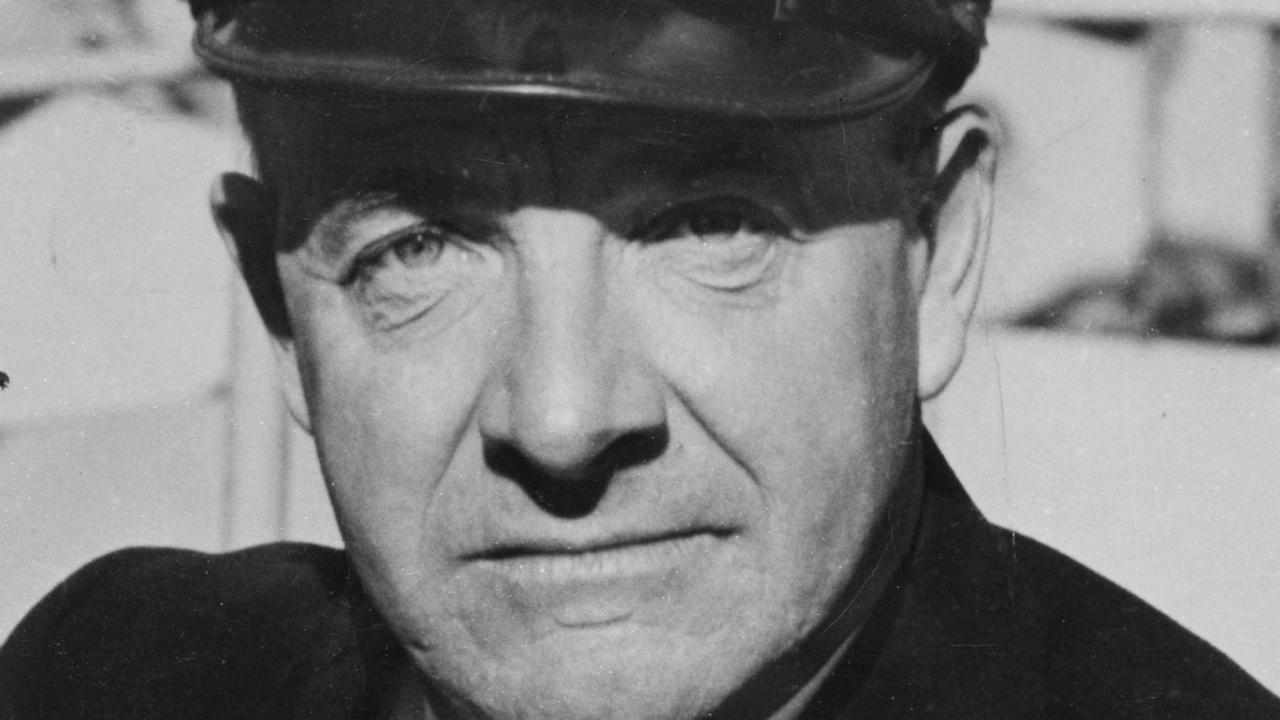Antarctica hero Robert Scott’s wife and son built on his legacy
WHEN news of Robert Falcon Scott’s death in the Antarctic filtered out to the world one of the last people to hear was his wife Kathleen.

Today in History
Don't miss out on the headlines from Today in History. Followed categories will be added to My News.
WHEN news spread in January 1913 that Antarctica explorer Robert Falcon Scott had died in March 1912 on his attempt to be the first man to reach the South Pole, his wife Kathleen was on her way to meet him. She was on a ship bound for New Zealand, unaware that back home in England there had already been a memorial service for her husband.
The news finally reached her as the ship came into radio contact when it approached the Cook Islands. Kathleen was called into the captain’s cabin, and when he broke the news to her she bore it stoically, “Never mind, I expected that. Thanks very much.”
She continued on with the voyage, acting as if nothing had happened, trying to keep her mind off Scott’s death and their son Peter, now fatherless.
When she arrived in New Zealand she was received as the widow of a hero, despite Scott’s failure. After reading the letters her spouse had left for her she said “My Peter now has a great birthright … we must be proud and happy and make gratitude drown our pain.”
However, both Kathleen and Peter would build on Scott’s legacy, achieving much in their own right.


Scott was born 150 years ago today on June 6, 1868, the third of six children of Hannah and John Scott. His father was a magistrate who had grown wealthy from running a brewery he had inherited. Scott was nicknamed “Con” by his family, short for Falcon. According to some accounts he was a shy, sensitive child, prone to daydreaming, with an aversion to the sight of blood.
The family had a history of army and naval service (Hannah’s brother was a vice admiral) and it was decided early on that Robert and his younger brother Archie would both enter the military. Scott was sent to Stubbington House School in Fareham, whose main function was to prepare students for entrance exams that would get them a berth aboard the naval training ship HMS Britannia at Dartmouth. At 13 Scott became a cadet aboard Britannia. In July 1883 he passed his midshipman exams (7th out of a class of 20) and was sent to serve on HMS Boadicea of the coast of South Africa.
The harsh life at sea shaped the sensitive boy into a naval officer. He served on several ships but in 1887, while serving on HMS Rover he was invited aboard HMS Active to dine with Commodore Albert Markham, whose cousin Clements Markham was also aboard. Clements was secretary of the Royal Geographical Society (RGS), and he marked Scott out as the kind of officer the society wanted in command of its polar expeditions.

Scott was promoted to lieutenant in 1889, giving him some financial independence, and in 1891 was transferred to torpedo training so he spent time back in England.
When Scott’s father became bankrupt in 1894, his family became dependent on his lieutenant’s income, which made it difficult for him to have a social life. While his brother Archie also contributed to the family income, in 1897 Scott’s father died without leaving any life insurance and in 1898 Archie died of typhoid fever. His only hope was for promotion and a bigger salary.
The change in his fortunes came when he bumped into Clements Markham again in 1899. Markham was now president of the RGS and had secured funds for an expedition to Antarctica. Scott led the expedition, which also included Ernest Shackleton as the third officer, aboard the Discovery in 1901-1904.
It made Scott a hero, got him a promotion to captain and opened doors to society. In 1907 he met sculptor Kathleen Bruce, born in 1878, who counted Auguste Rodin and George Bernard Shaw among her friends. They married in 1908 and in 1909 their son Peter Markham Scott was born (his godfather was J.M. Barrie, creator of Peter Pan.)



But neither wife nor son were able to spend much time with Scott. In 1910 he departed for what would be his last expedition. In her last letter to Scott Kathleen wrote “Don’t ever be sad, my darling, life is ever so glorious. I’m so happy everybody is so nice to me for your sake I like to know and our little home’s so nice and my work prospers and I’m so well and Peter so magnificent & you’re coming home to us.”
After receiving news of his death Kathleen went on with life. She was commissioned to create a bronze memorial sculpture of Scott in London in 1915, and a marble one in New Zealand unveiled in 1917. She also created a bronze bust of Markham. She died in 1947.
Peter inherited some of his mother’s artistic talent, but also his father’s love of nature and served in the navy in World War II. He also became an accomplished wildlife painter, ornithologist and was one of the founders of the World Wide Fund for Nature. He was knighted in 1973 and died in 1989.
Originally published as Antarctica hero Robert Scott’s wife and son built on his legacy


